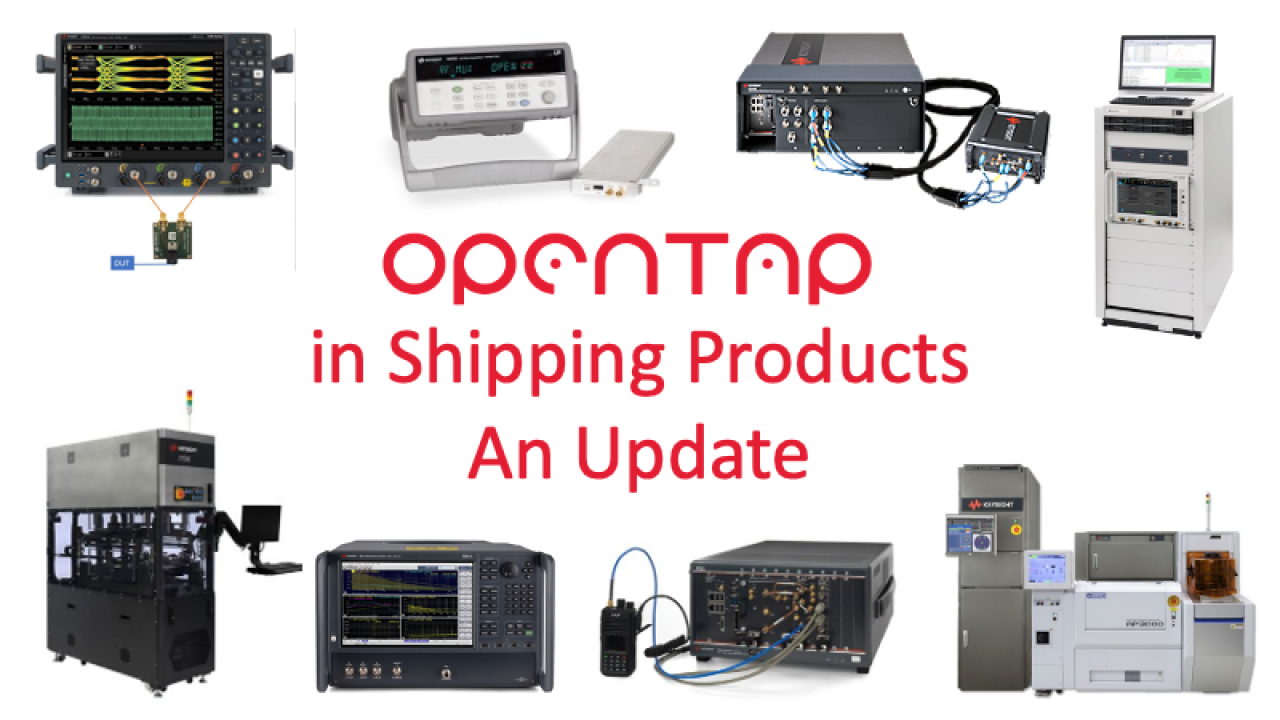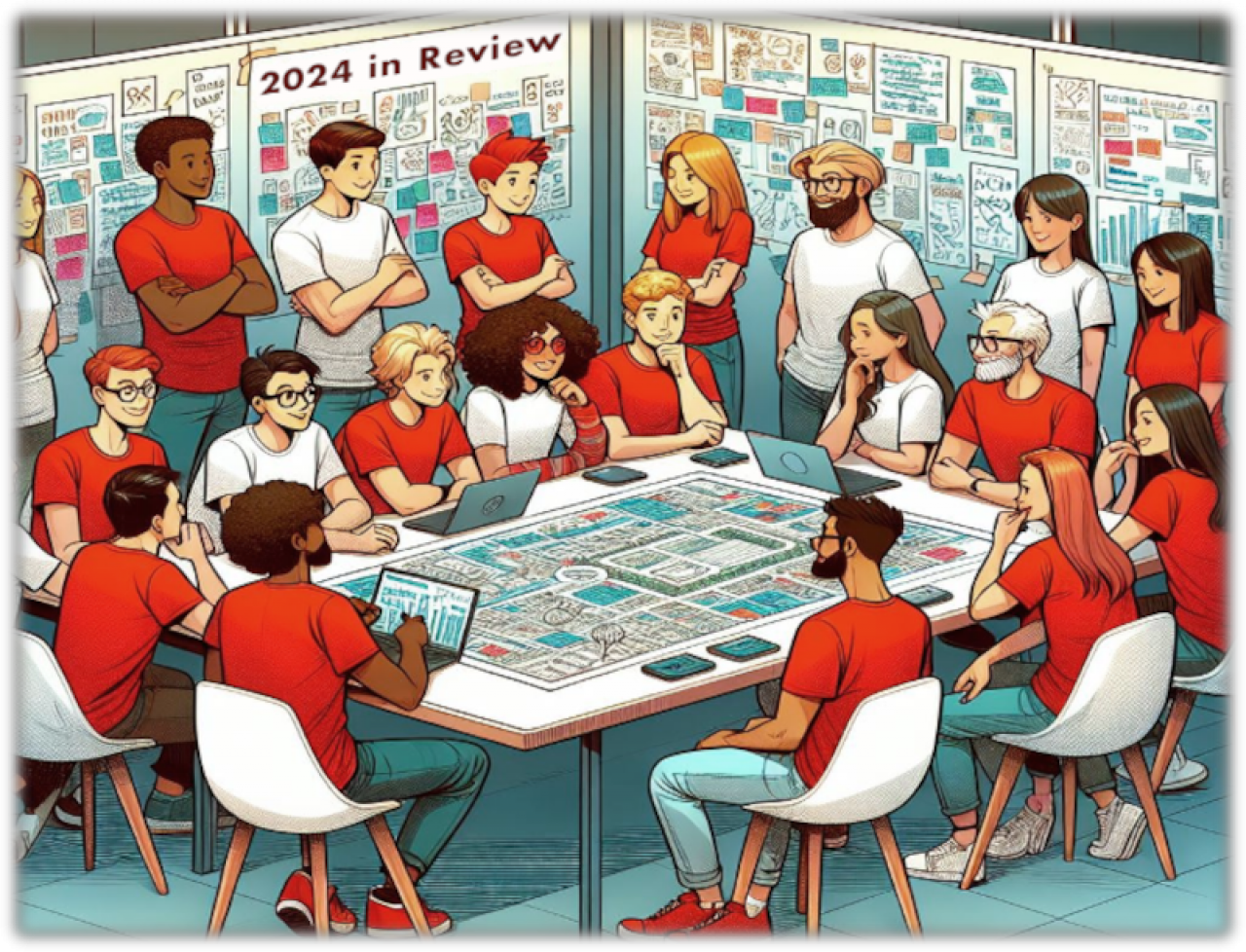
The practices of open source communities can vary greatly, as can the deliverables. How can users and integrators of open source determine the status, stability and stature of projects under consideration?
This blog lays out example metrics for open source communities and the code they deliver. The KPIs - Key Performance Indicators - include both object/quantifiable metrics, but also more intangible ones.










